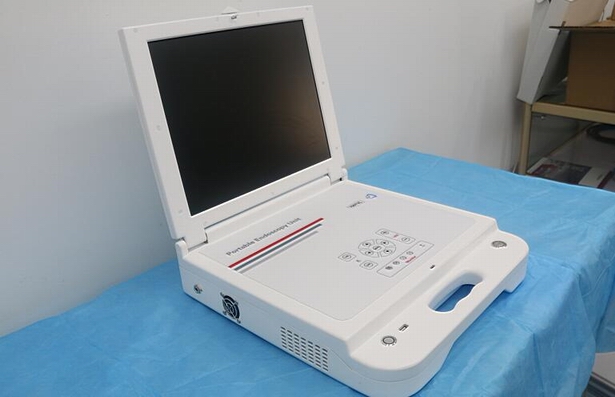Portable ENT Camera System: Advantages and Applications
Medical technology is constantly evolving and improving to provide better patient care and diagnosis. One such technological advancement is the development of portable ENT camera systems. These systems offer many advantages over traditional ENT examination methods and have numerous applications in different medical fields. In this essay, we will discuss the advantages and applications of portable ENT camera systems.

A portable ENT camera system consists of a small camera and a monitor that are connected through a cable. The camera is equipped with a light source that illuminates the examination area, and the images captured by the camera are displayed on the monitor in real-time. Portable ENT camera systems are small, lightweight, and easy to transport, making them an excellent choice for medical professionals who need to perform examinations in different locations.
One of the main advantages of portable ENT camera systems is their ability to provide high-quality images of the examination area. The images captured by the camera are clear and detailed, allowing medical professionals to see even the smallest abnormalities in the ear, nose, and throat. This enables more accurate diagnosis and treatment planning, resulting in better patient outcomes.
Another advantage of portable ENT camera systems is that they are non-invasive. Traditional ENT examination methods often require the use of instruments such as speculums and forceps, which can be uncomfortable and even painful for patients. Portable ENT camera systems eliminate the need for these instruments, providing a more comfortable and less invasive examination experience for patients.
Portable ENT camera systems have numerous applications in different medical fields. In otolaryngology, they are used to diagnose and treat various ear, nose, and throat conditions such as chronic sinusitis, vocal cord disorders, and ear infections. In addition, portable ENT camera systems are also used in dermatology to examine the skin, in dentistry to examine the oral cavity, and in veterinary medicine to examine animals.
In conclusion, portable ENT camera systems offer many advantages over traditional ENT examination methods and have numerous applications in different medical fields. Their ability to provide high-quality images of the examination area, non-invasiveness, and portability make them an excellent choice for medical professionals who need to perform examinations in different locations. With the continued development of portable ENT camera systems, we can expect to see even more advancements in the field of medical technology in the future.



Leave a message